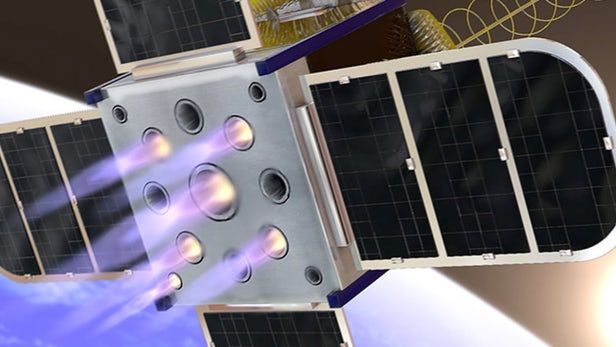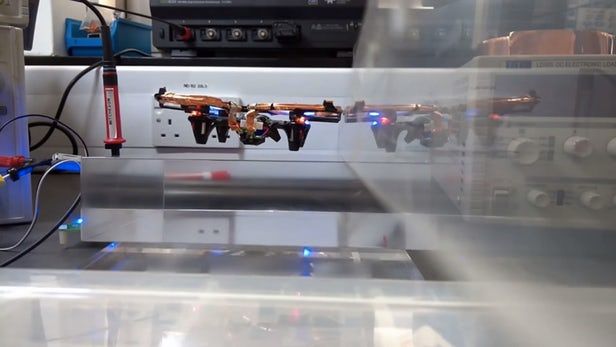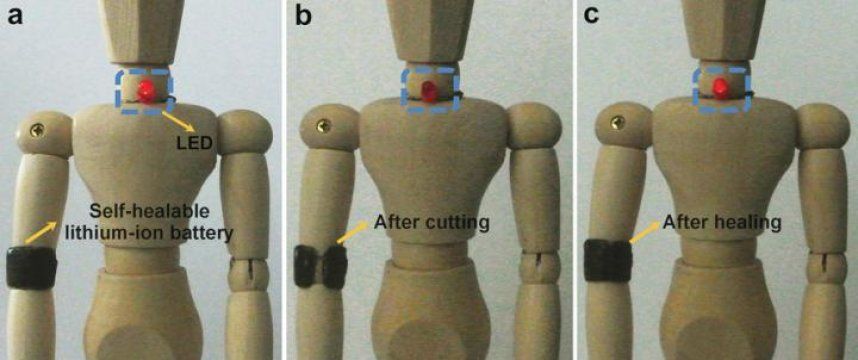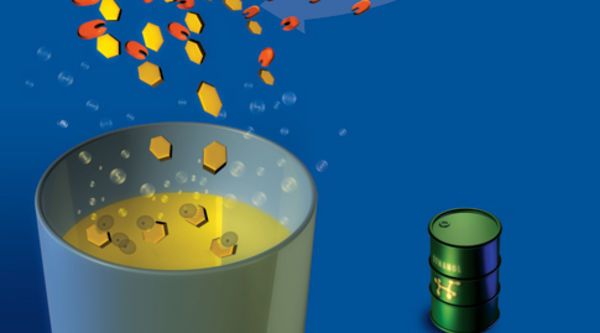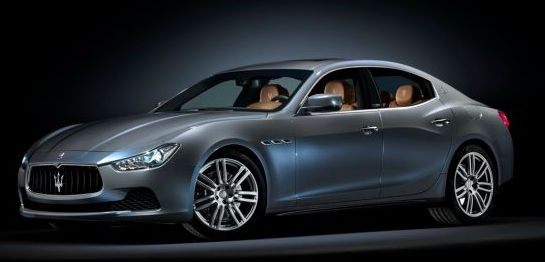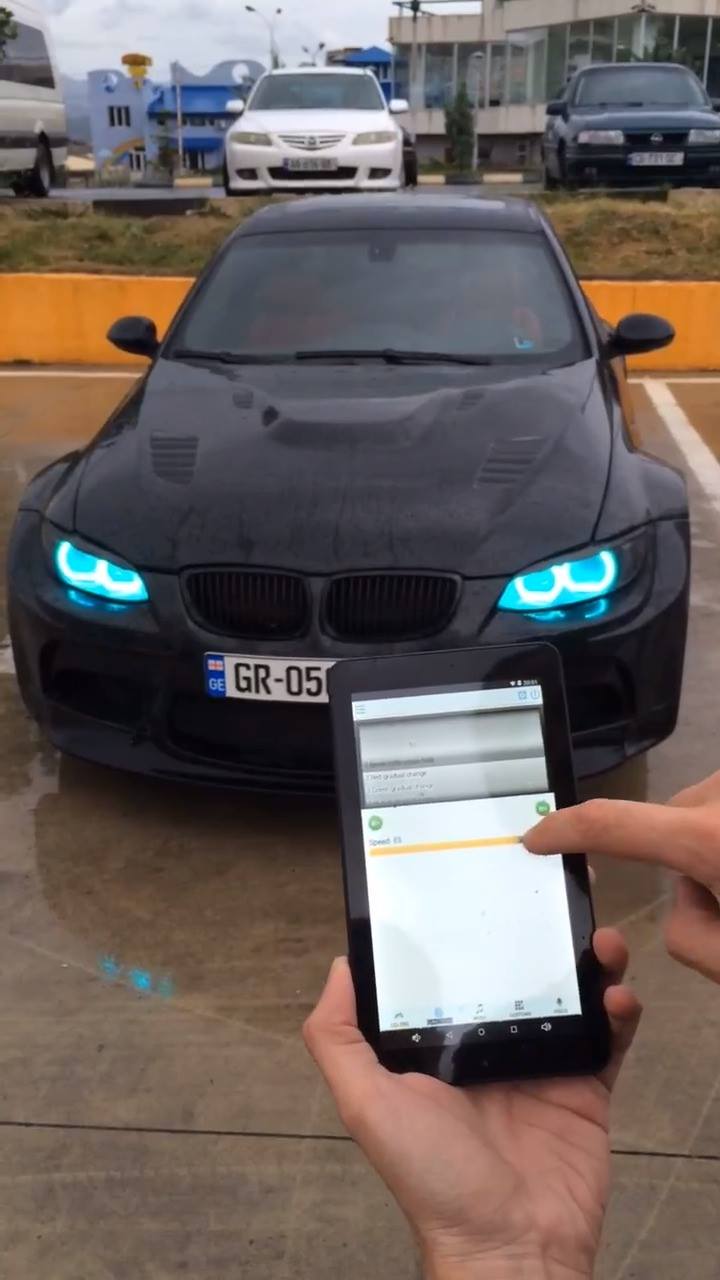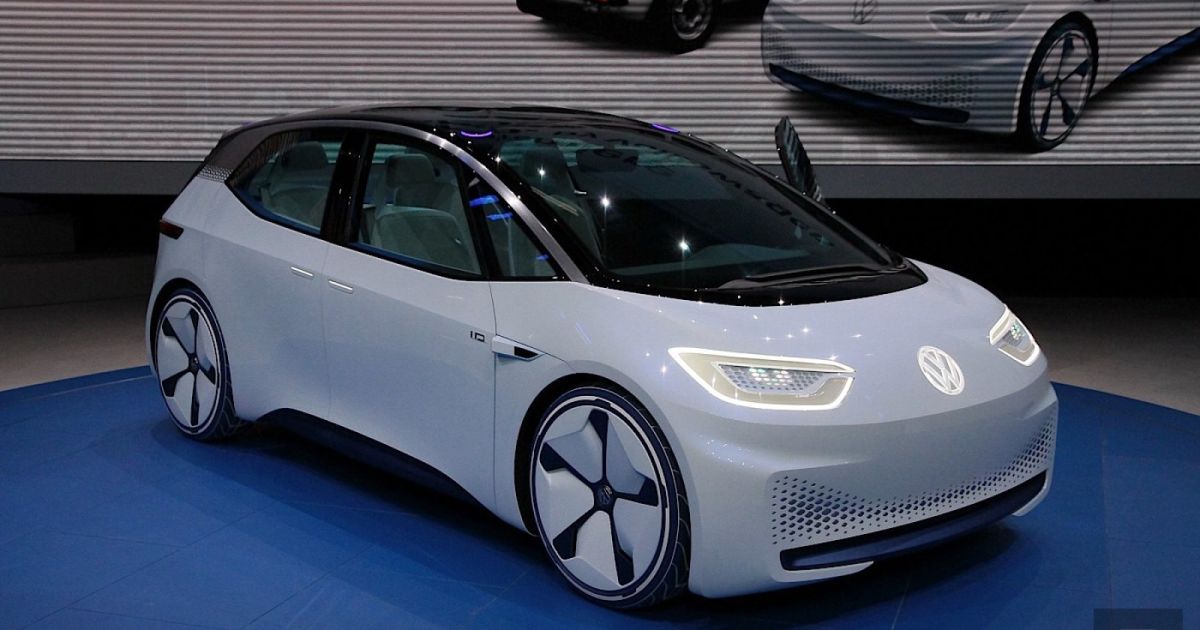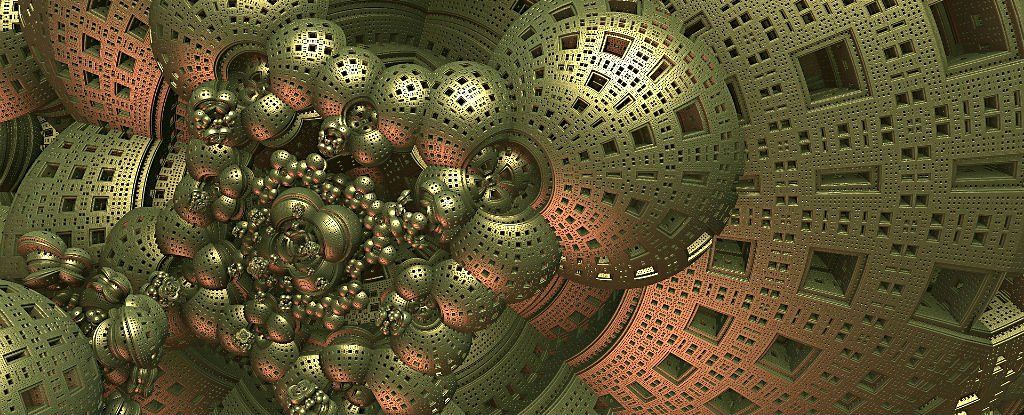Rubik’s-cube-sized CubeSats are a nifty, cheap way for scientists to put a research vessel into space, but they’re limited to orbiting where they’re launched – until now. Los Alamos researchers have created and tested a safe and innovative rocket motor concept that could soon see CubeSats zooming around space and even steering themselves back to Earth when they’re finished their mission.
Consisting of modules measuring 10 x 10 x 11.35 cm (3.9 x 3.9 x 4.5 in), these mini-satellites first launched in 2003, but are currently lacking in propulsion because they’re designed to hitch a ride into space with larger, more expensive space missions. They’re usually deployed along with routine pressurized cargo launches, usually into low orbits that limit the kinds of studies that CubeSats can perform.
This limitation is, of course, frustrating for space researchers. In fact, the National Academy of Science recently identified propulsion as one of the main areas of technology that needs to be developed for CubeSats.
